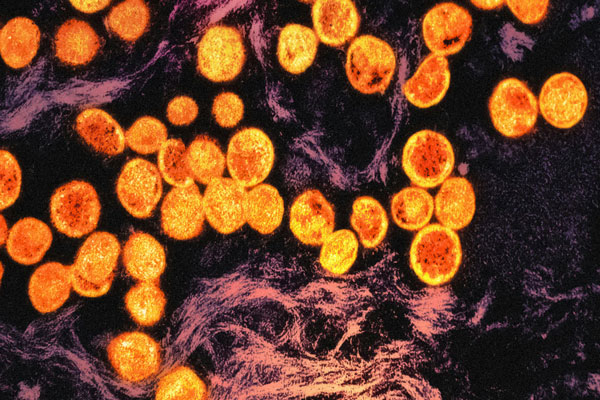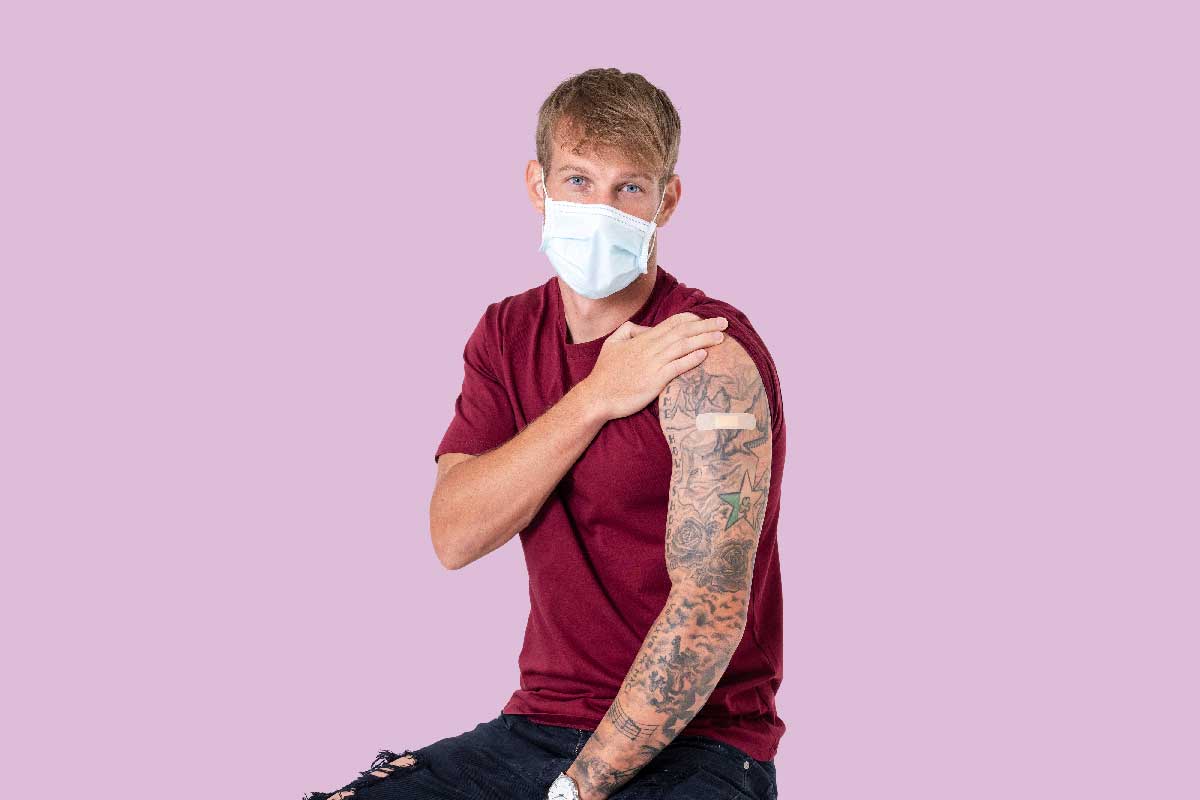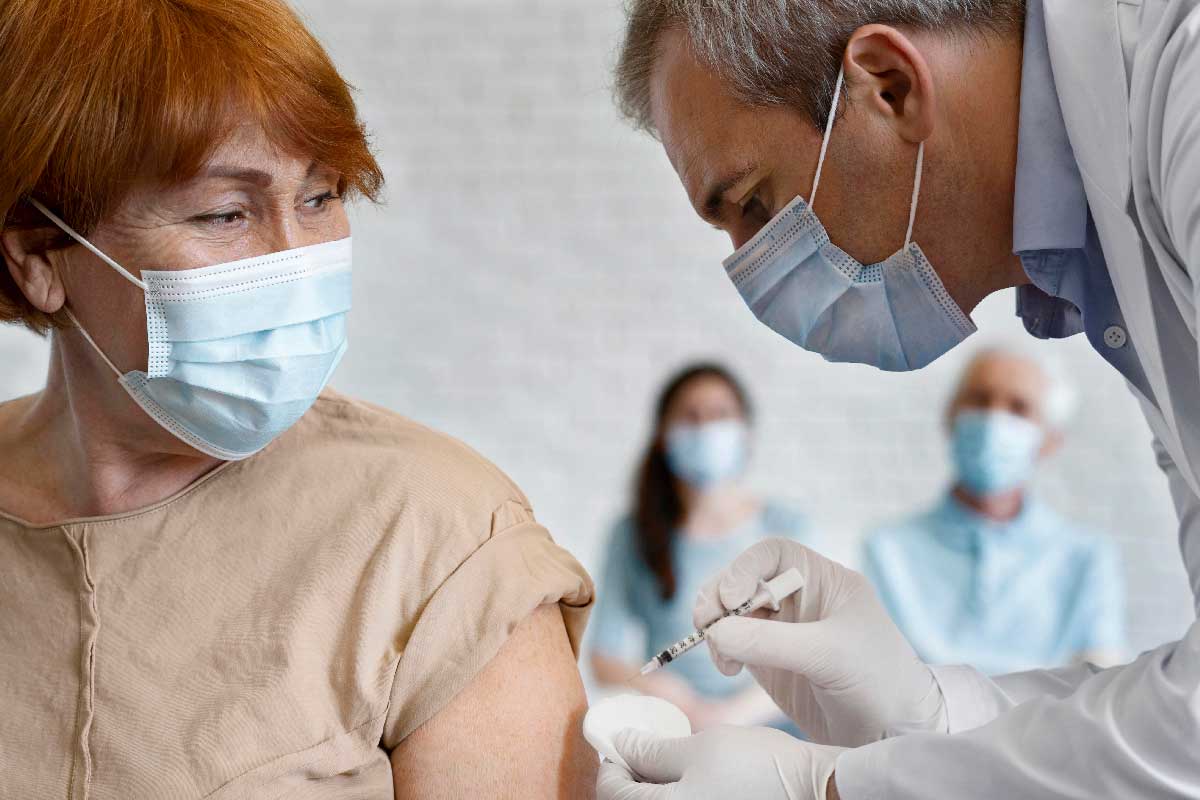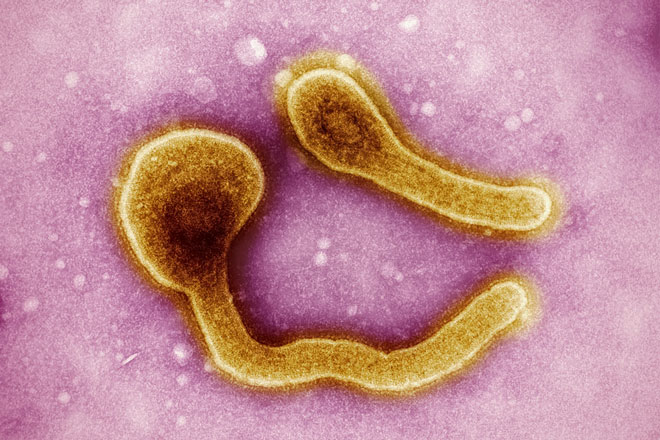COVAX: the forecast for vaccine supply
While the supply is lower than predictions earlier this year, wealthy countries and manufacturers hold the power to improve supply.
- 13 September 2021
- 3 min read
- by Priya Joi
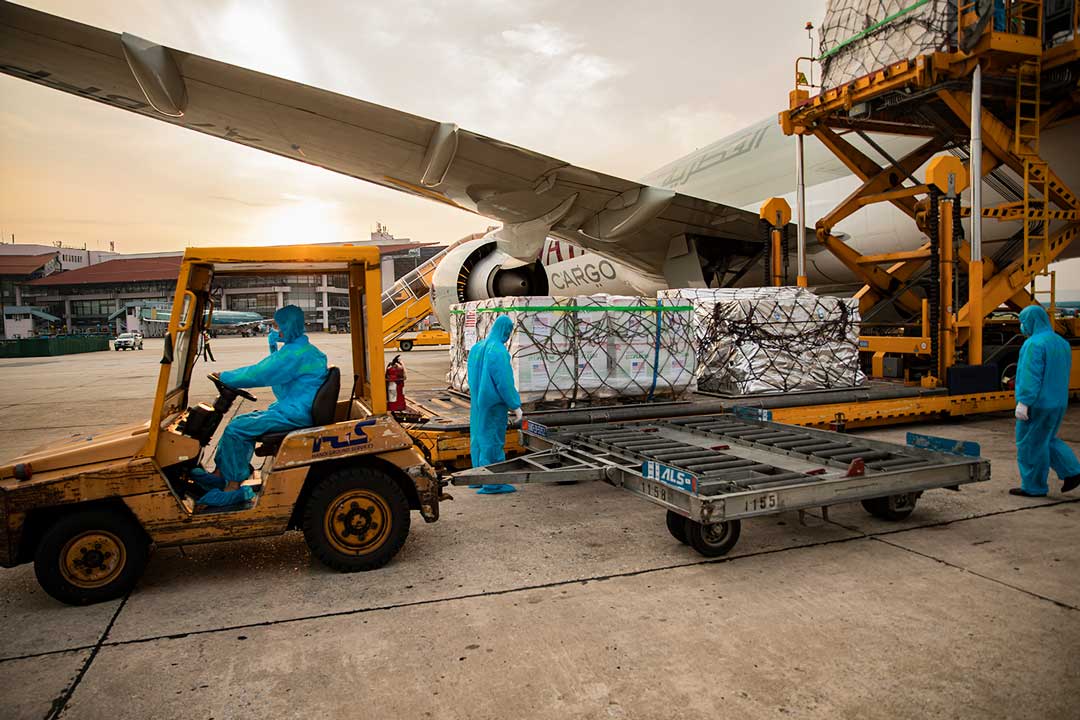
While many in wealthy countries have been vaccinated against COVID-19, those in less-resourced countries have received only a fraction of the doses they need. This is set to improve as COVAX – the multilateral initiative set up to guarantee global access to COVID-19 vaccines – is accelerating. It expects to deliver 1.4bn doses by the end of 2021, including the 250 million doses already delivered.
Wealthier countries that already have high vaccine coverage in their populations could give up their places in manufacturers’ queues to COVAX so its participants can access doses already secured via supply contracts.
Of this, 1.2 billion doses will be available for those countries participating in the COVAX Advance Market Commitment (AMC) - the financing mechanism through which the world's poorest economies will gain access to COVID-19 vaccines. This initiative should protect 40% of adults in these countries, with the exception of India. On top of this, more than 200 million doses are allocated to self-financing countries. This means that COVAX is on target to meet its goal of two billion doses released for delivery by the first quarter of 2022. African Union countries, for example, are expected to receive 470 million doses by the end of 2021.
Even so, the forecast is 25% lower than was predicted in June 2021. This is for three key reasons:
- Export restrictions, particularly with respect to uncertainty around the resumption of exports from the Serum Institute of India (SII), a key COVAX supplier.
- Scale-up challenges at manufacturing sites that supply COVAX. These issues particularly affect supply of the Johnson & Johnson (J&J) and AstraZeneca (AZ) vaccines.
- The timing and likelihood of filing and regulatory approval for candidates produced by Novavax, SII-Novavax and Clover, with WHO Emergency Use Listing (EUL) or approval by a Stringent Regulatory Authority (SRA) required for supply to COVAX participants.
However, the supply of vaccines to less well-resourced countries could be amplified in several ways. Manufacturers need to keep their commitments to timelines so that COVAX countries can plan in advance and make supply schedules transparent.
Have you read?
Wealthier countries that already have high vaccine coverage in their populations could give up their places in manufacturers’ queues to COVAX so its participants can access doses already secured via supply contracts.
Governments and manufacturers can also work together to speed up dose donations from countries that are already well advanced in their vaccination programmes. This includes ensuring doses are available in larger and more predictable volumes, with longer shelf lives – this will allow recipient countries to plan their own vaccine programmes efficiently.
More from Priya Joi
Recommended for you




